
Discover the most recent trends in sustainability purchasing.
Sustainability initiatives can lead to real business advantages in the form of increased revenue and even improved brand reputation. The value of implementing this in your organization is evident, further proving to sustainability critics that the grass can indeed be greener on the other side.
When organizations focus on sustainability purchasing, they’re investing in the products, services, and processes that create the least amount of environmental and social impacts. Making your organization more sustainable doesn’t happen overnight, and while there are large sustainability purchasing contributions, your organization can make, starting with smaller purchases will still help your organization make an impact.
On a positive note, more organizations have significantly increased their commitment to these sustainability purchasing initiatives. The sustainability landscape is changing, accompanied by new trends and challenges.
Here are sustainability purchasing trends and drivers to keep an eye on:
1) The war against plastic continues
Plastic is a loud conversation in the world of sustainability! The Canadian government is continuing to make strides by creating policies to combat this issue. For example, they have banned all single-use disposable plastics in the country by 2021 and are also working to reduce plastic packaging waste. To transition from this popular material, the government is investing in alternatives to plastic materials and is leading by example by reducing plastic waste in government purchasing and operations.
Overall, progress to date has been slow, considering in Canada only 9% of plastic waste is recycled, 4% is incinerated, and the remaining 87% ends up in landfills.
There is a strong need for the implementation of sustainable infrastructure solutions to solve the plastic epidemic. Your organization can help reduce plastic waste by supporting recycling programs by making more indoor recycling bins and outdoor recycling bins available, prioritizing recyclable products or products with remanufactured or refurbished elements, or even more effective– adopting sustainable business models.
2) Cost concerns decrease as green programs mature
The idea of introducing new sustainability programs into an organization can sound expensive. Many organizations are stuck between the economics and the corporate social responsibility of sustainability programs. These cost concerns and lack of internal resources have stopped more companies from not taking the leap when it comes to investing in green initiatives. A recent survey from Ecovadis showed that in 2019 about 38% of those surveyed had concerns around the cost of sustainability initiatives.
However, trends show that the further along your organization is in sustainability programs, the more internal cost concerns begin to decrease. The reason behind this shift is most likely because although sustainability purchasing may require a higher upfront cost, the Life Cycle cost of the product is typically less. For example, when you buy LED lights for your organization, they are more expensive than other lights, but they will save you on energy costs in the long-term.
3) Organizations are falling into the “compliance trap”
As an organization, do you know who supplies your suppliers? Every office needs paper, office furniture, lighting, and more. When it comes to supplies, not all suppliers are created equal; some are more sustainability-conscious than others.
Not knowing your supplier’s performance on sustainability can make your organization vulnerable. What you cannot measure, cannot be improved, and research shows that many companies find it challenging to track supplier sustainability performance.
Instead, companies fall into the “compliance trap,” which means they get stuck trying to “check the boxes” to meet sustainability compliance regulations set out by the government. As a result, managers fail to reach the full potential of their sustainability programs because they are doing the bare minimum.
Understand that your organization is a big motivator for your suppliers to become more sustainable. If your organization prioritizes sustainability and you opt to incorporate it into your culture, then suppliers will begin to follow suit. They will understand that by not prioritizing sustainability, they could be jeopardizing future sales with your organization.
4) Execs support the green movement
In the past, getting buy-in for sustainability purchasing from executive board members was challenging. These important decision-makers weren’t completely sold on investing in sustainability programs. Yet without their support, these sustainability programs couldn’t take off and become a reality within your organization.
Fortunately, times are changing, and it appears executive board members are warming up to green initiatives. As it becomes increasingly evident that these sustainability programs can benefit organizations, executive board members are starting to recognize the importance of these programs to their bottom line and the reputation of their brand.
Nowadays, getting the support necessary to launch a sustainability purchasing initiative is easier. Research shows that over the last six years, there has been a shift. In 2019, only 13% of survey respondents listed executive board support as a challenge to sustainable purchasing programs. This number has decreased significantly from 50% in 2013.
Trends in sustainability purchasing show that while important decision-makers and organizations are getting on board with green initiatives, there are still challenges to overcome.














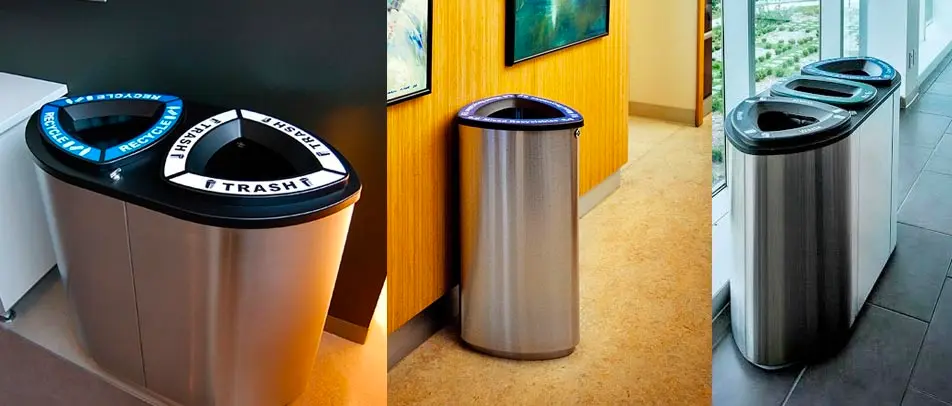
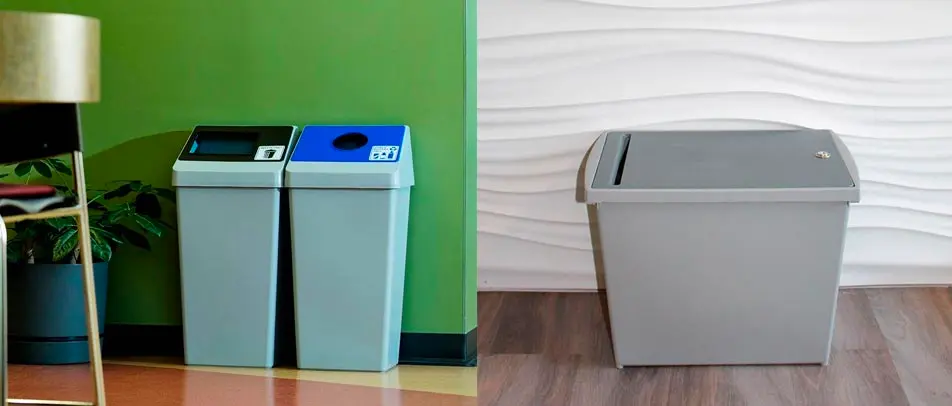


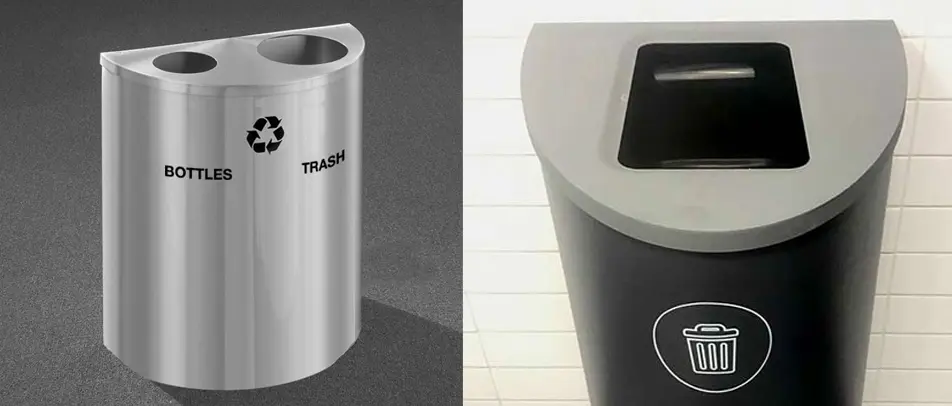


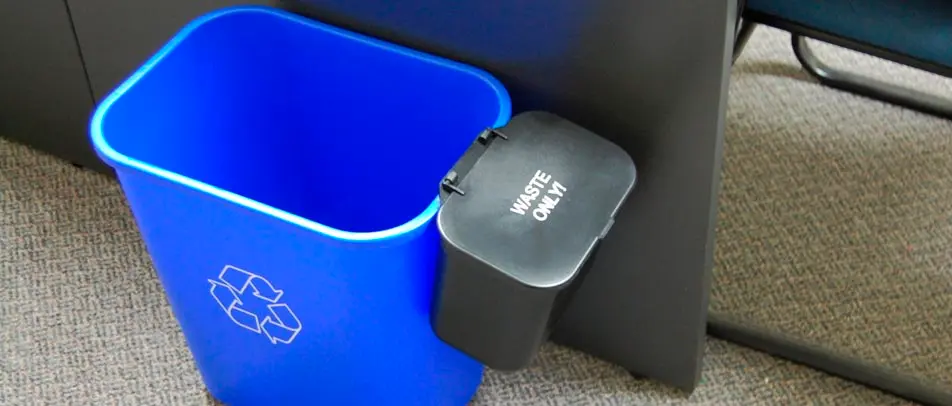
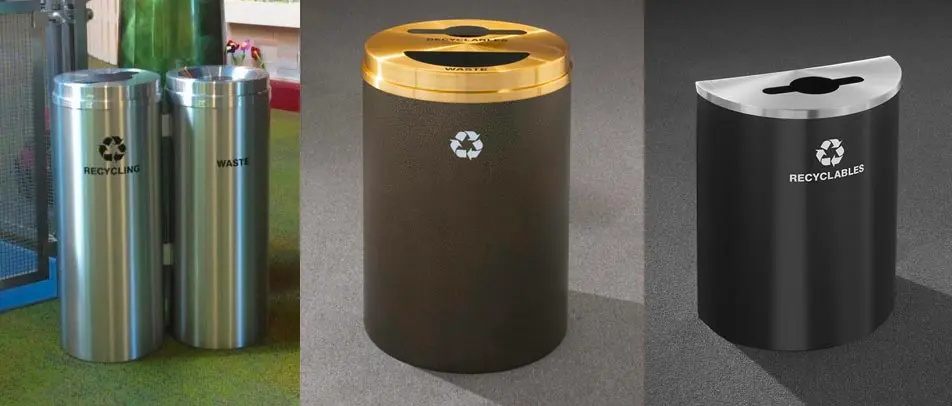
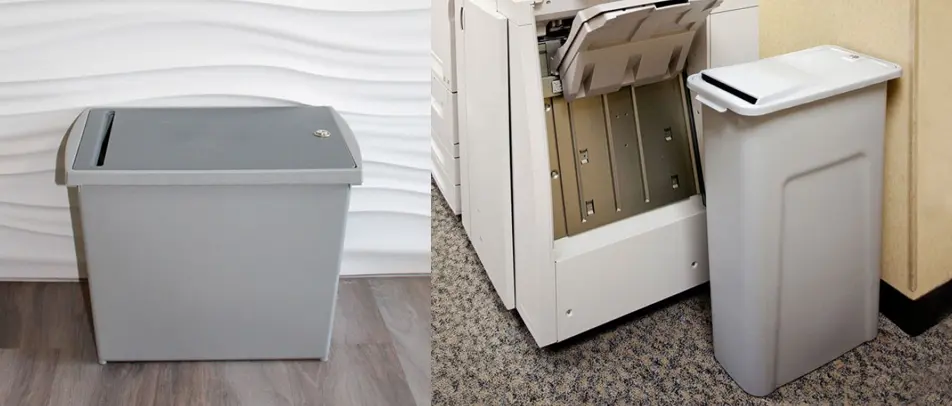

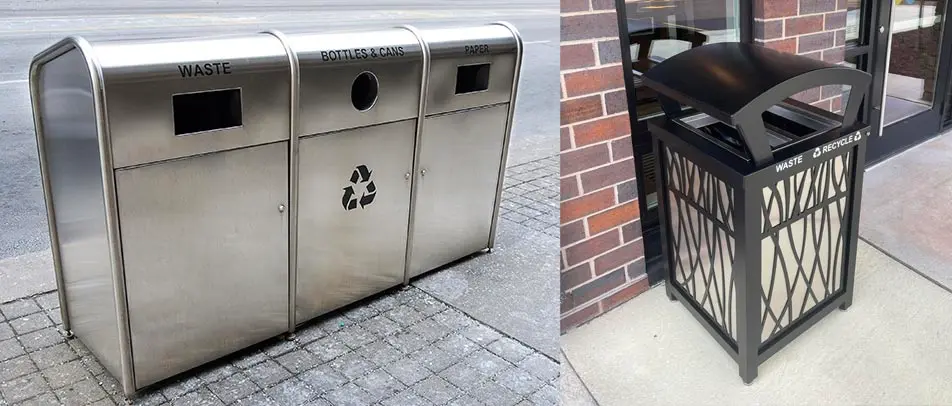



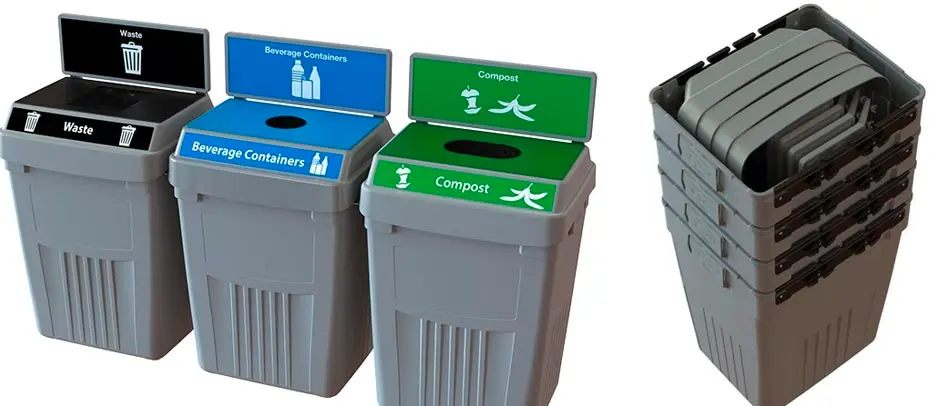


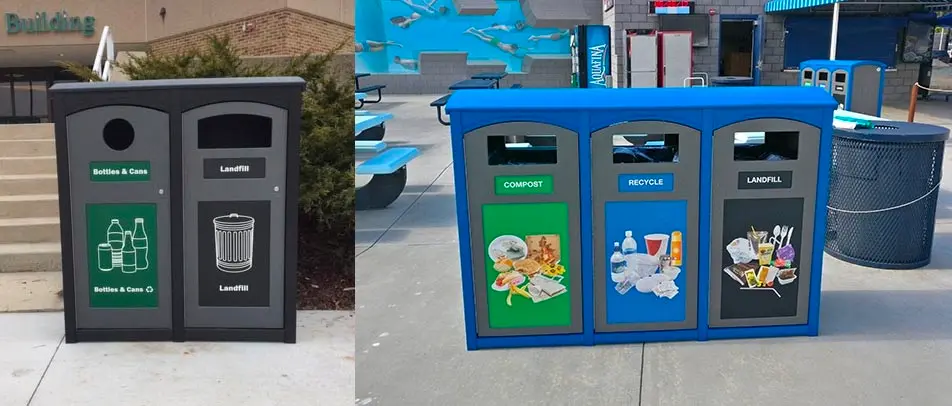
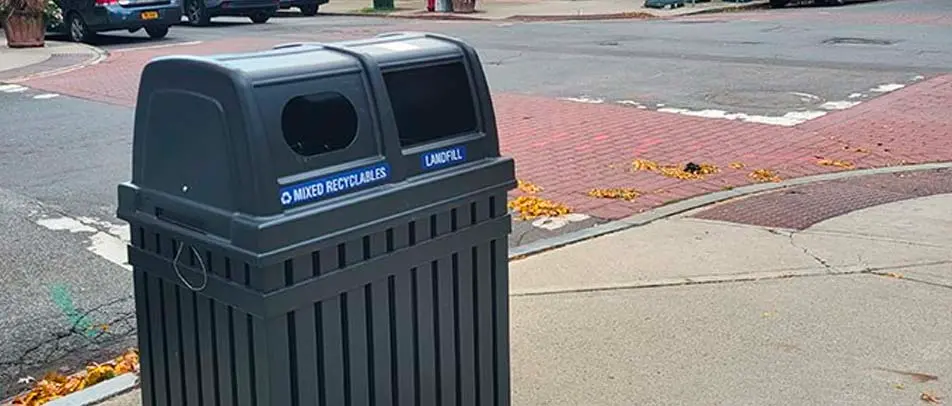
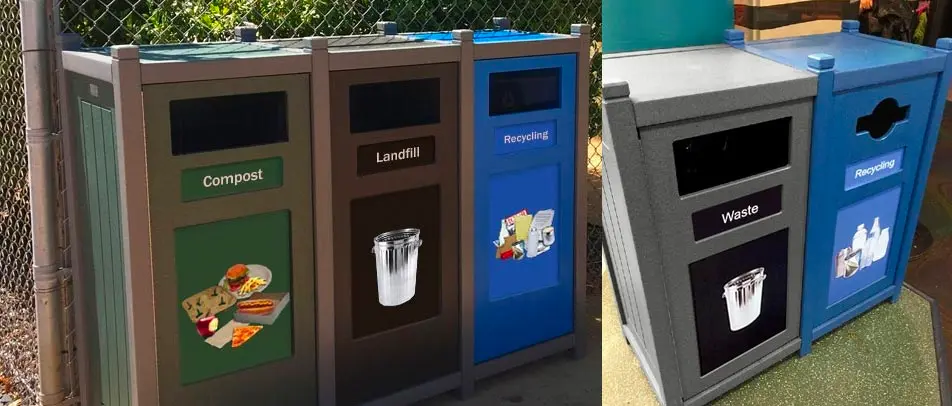
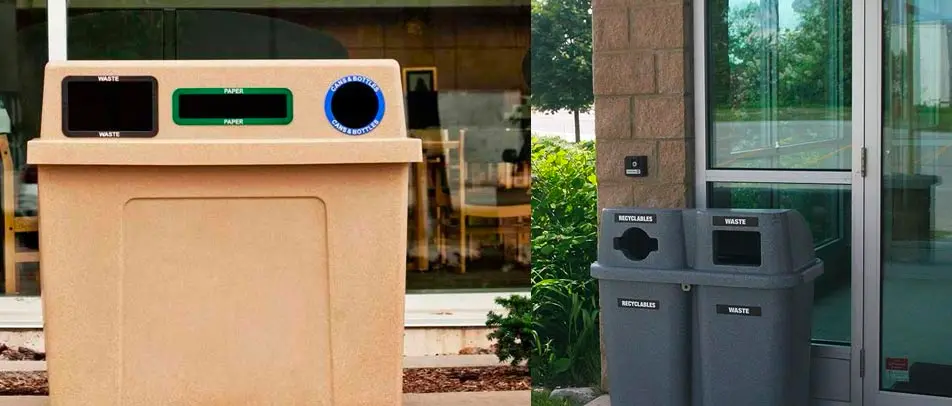
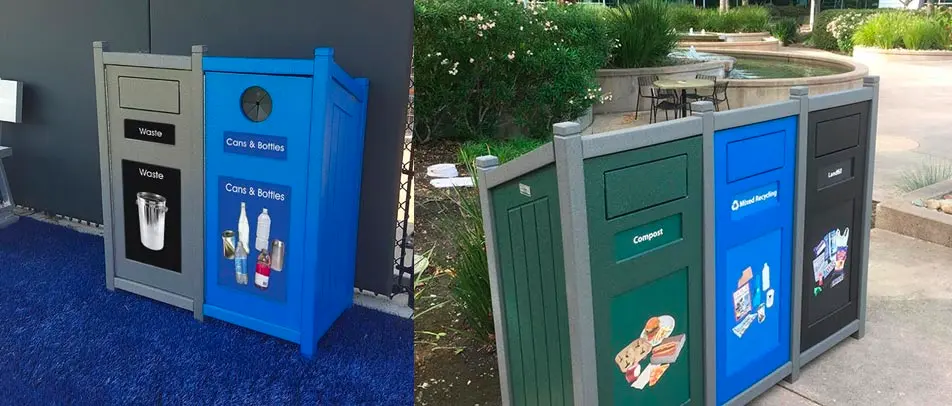
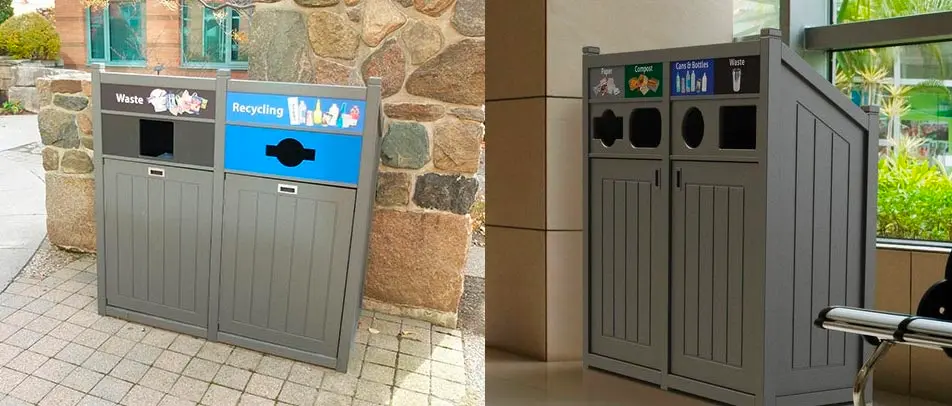



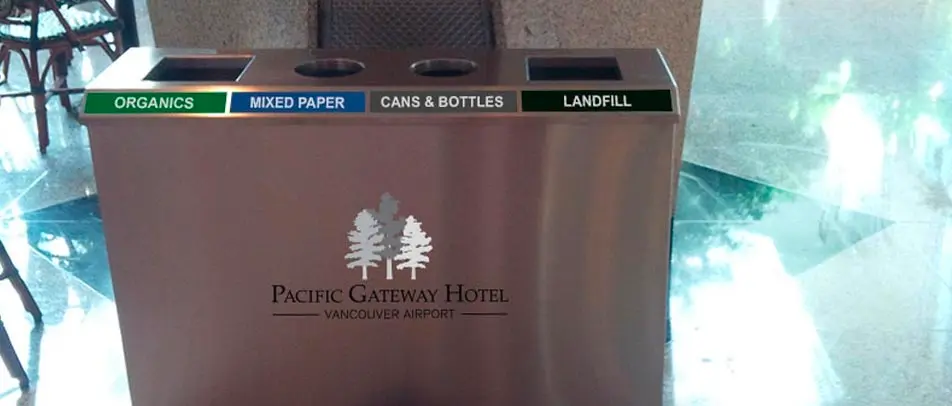

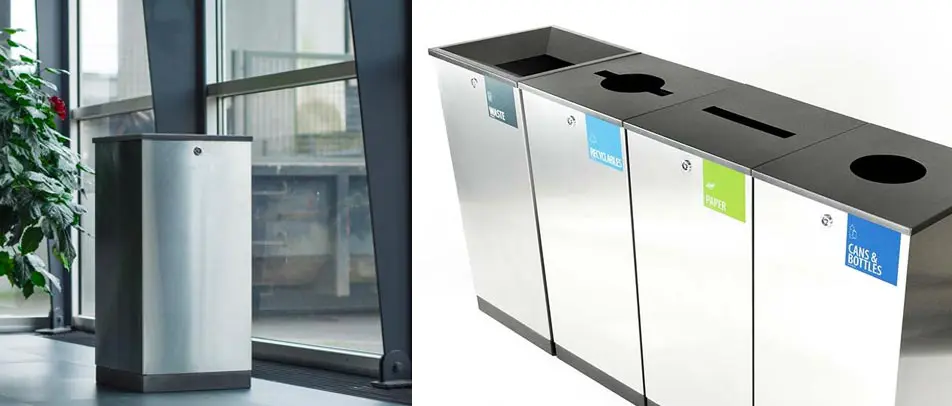
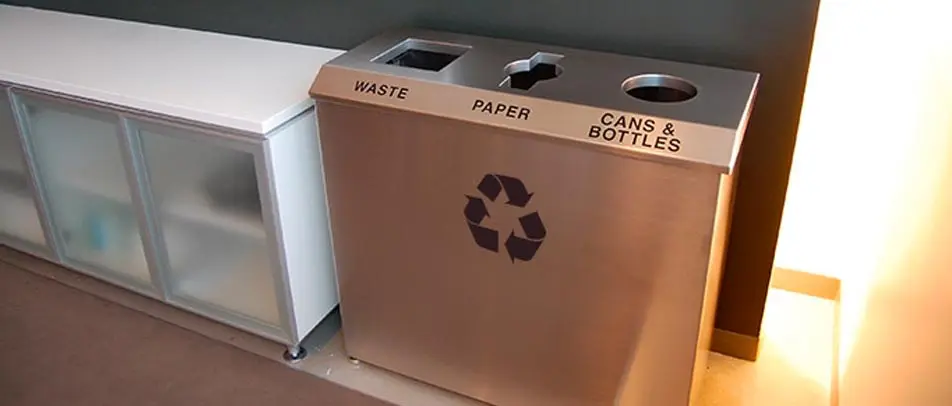
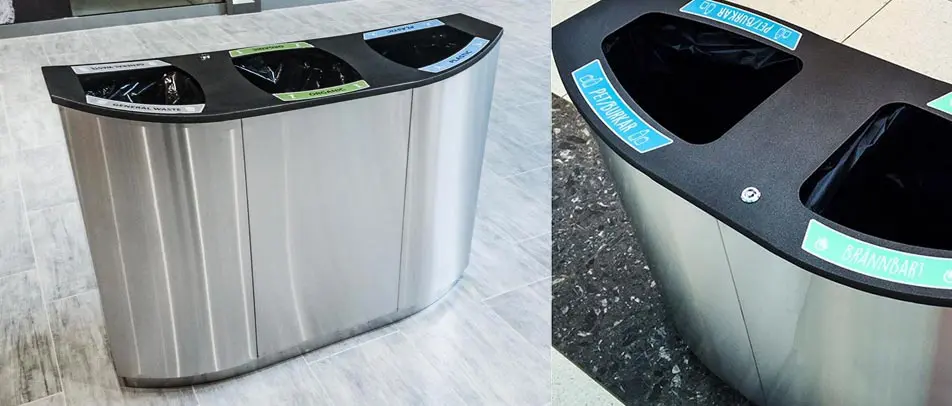

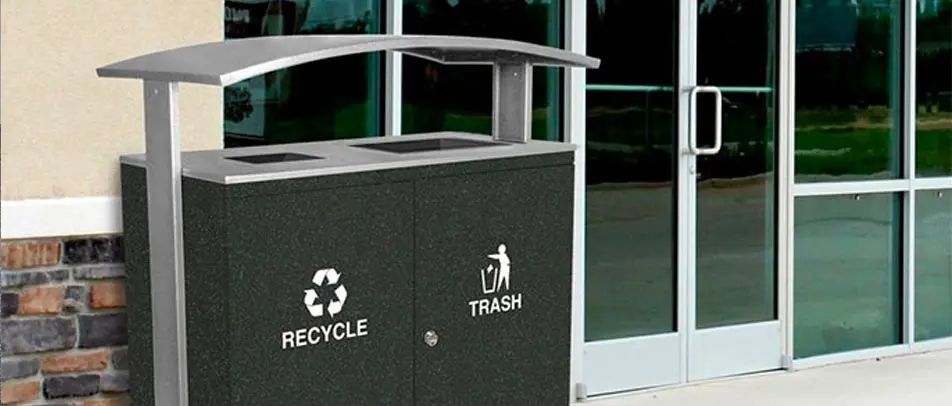

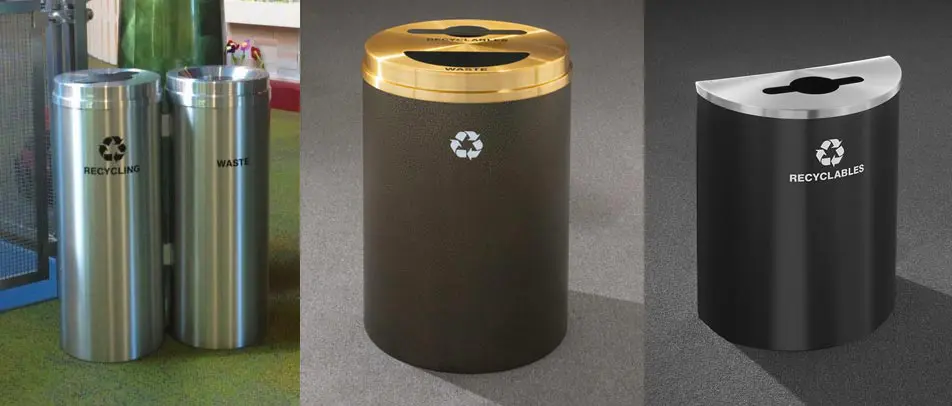

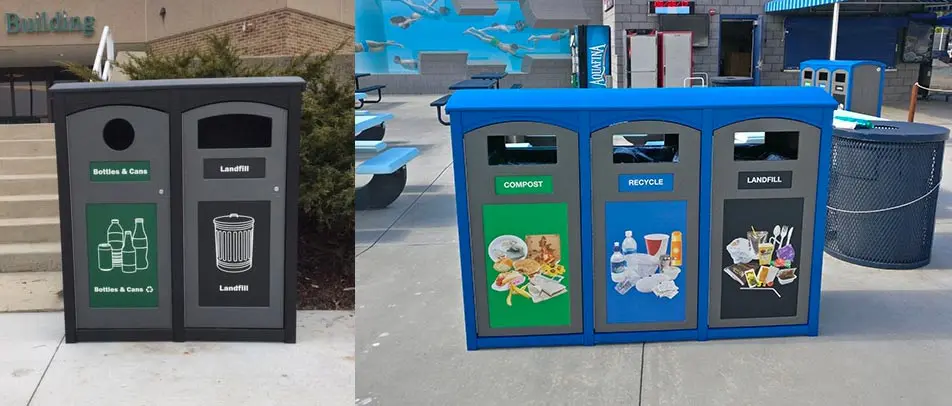
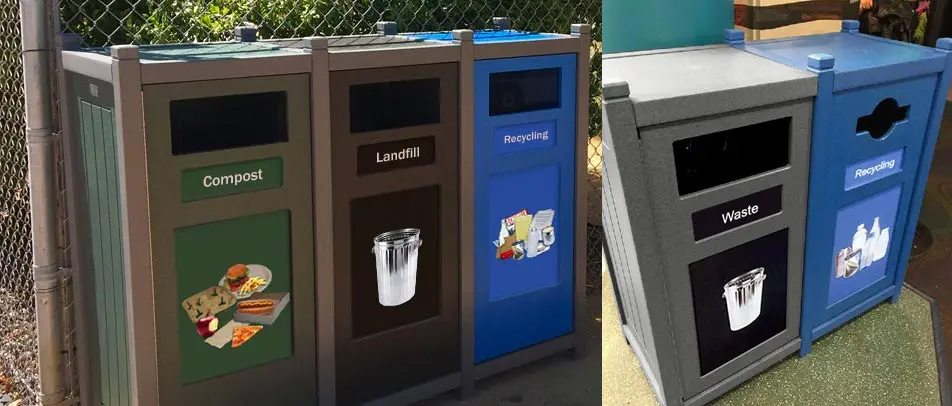
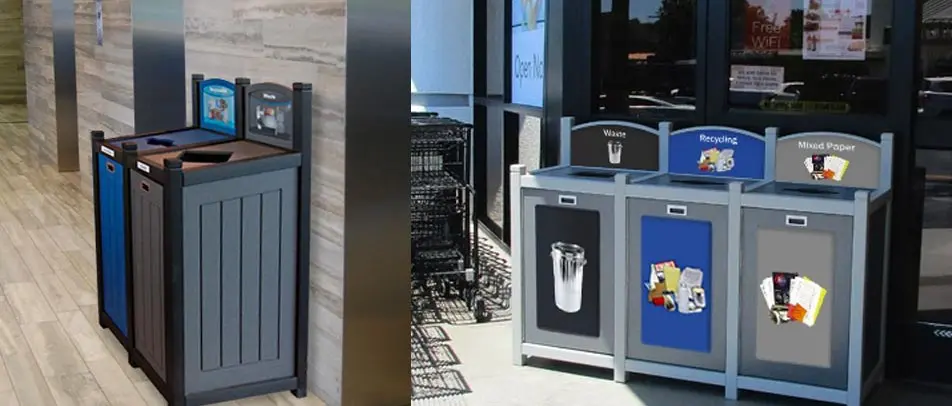


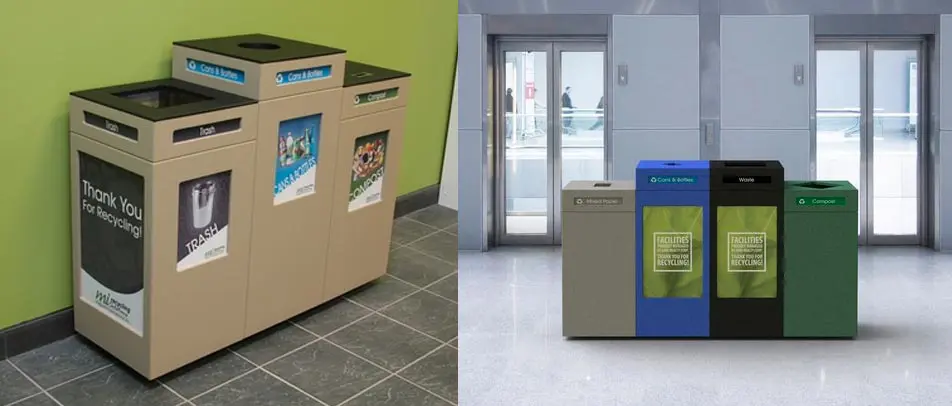
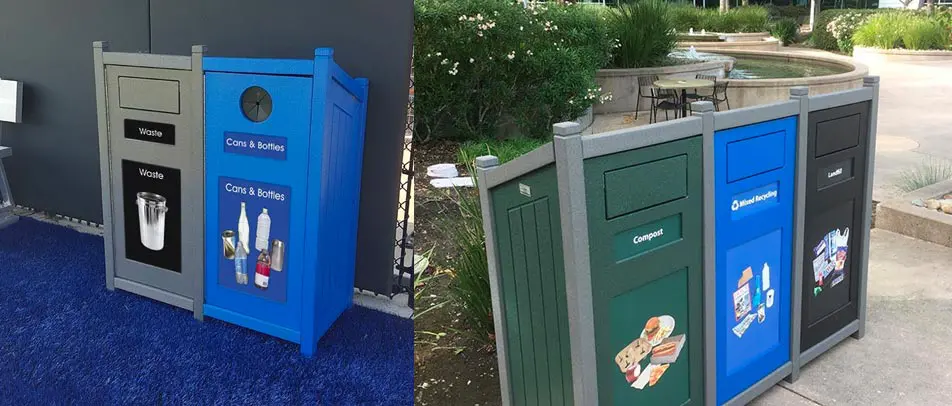
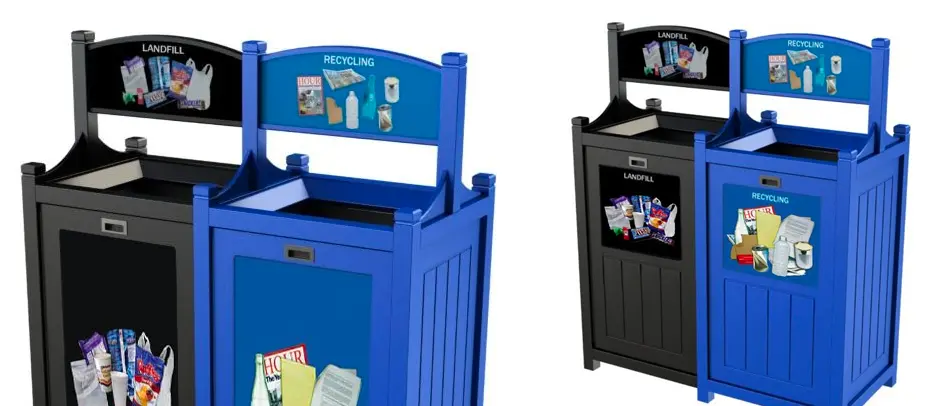


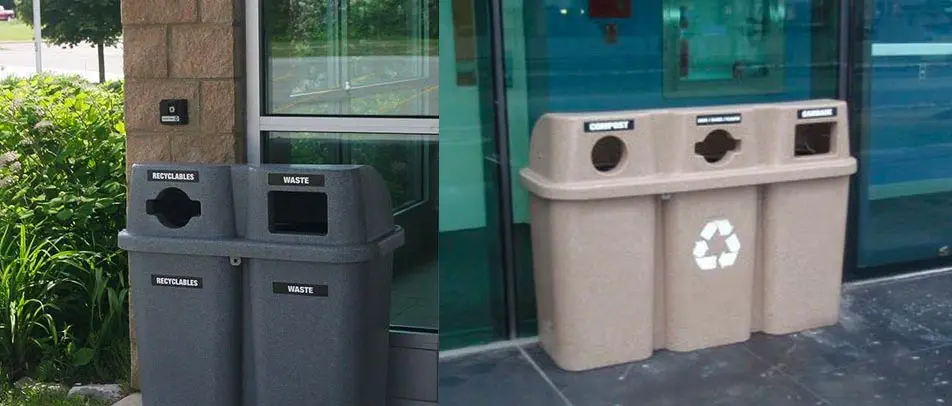
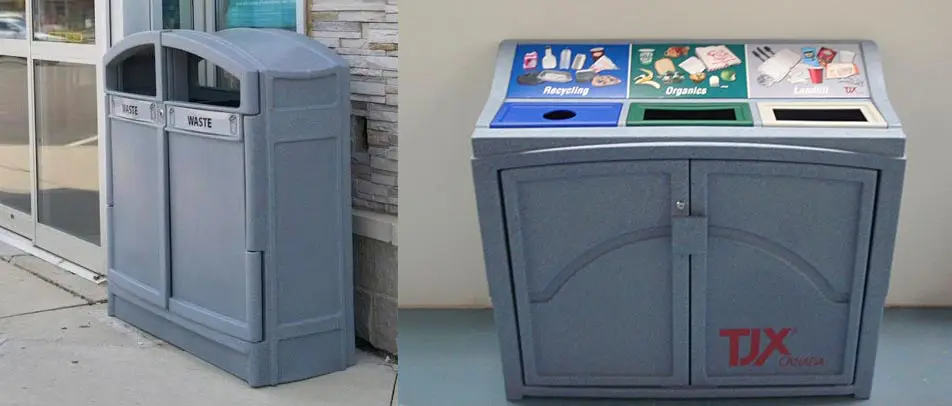
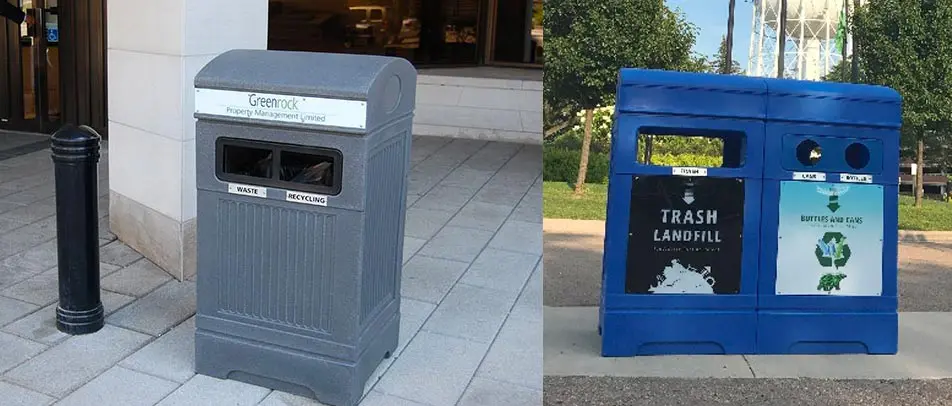
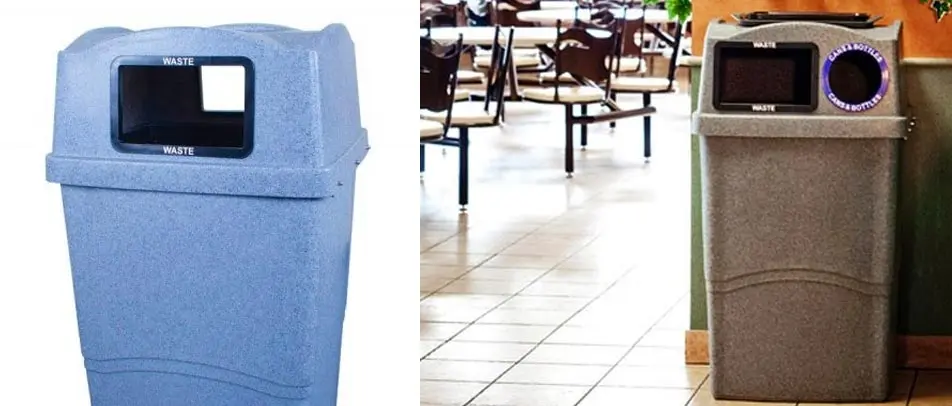
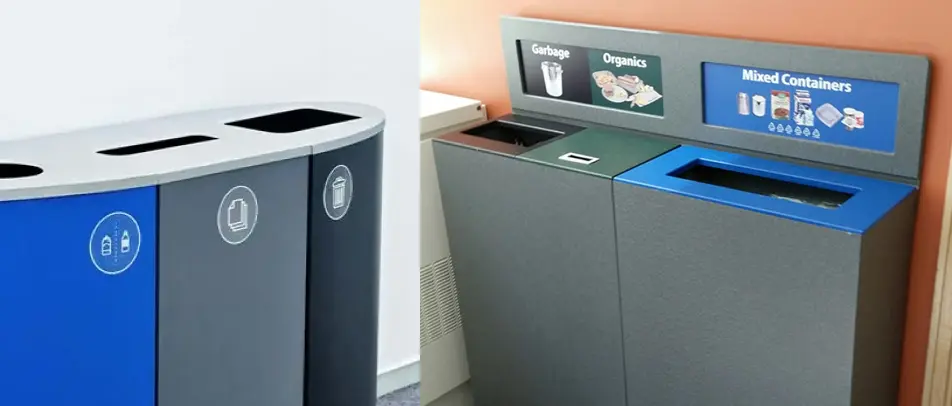
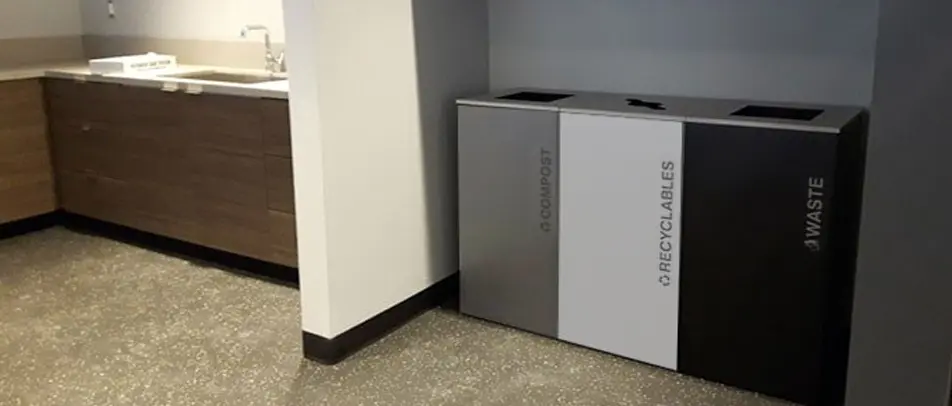
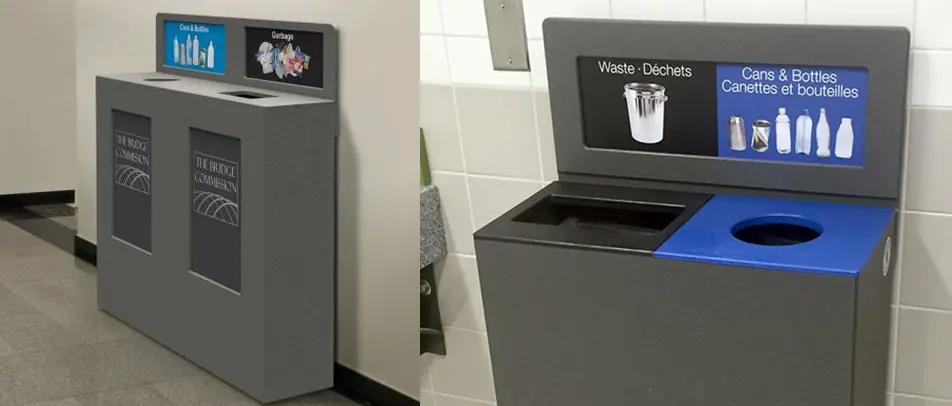
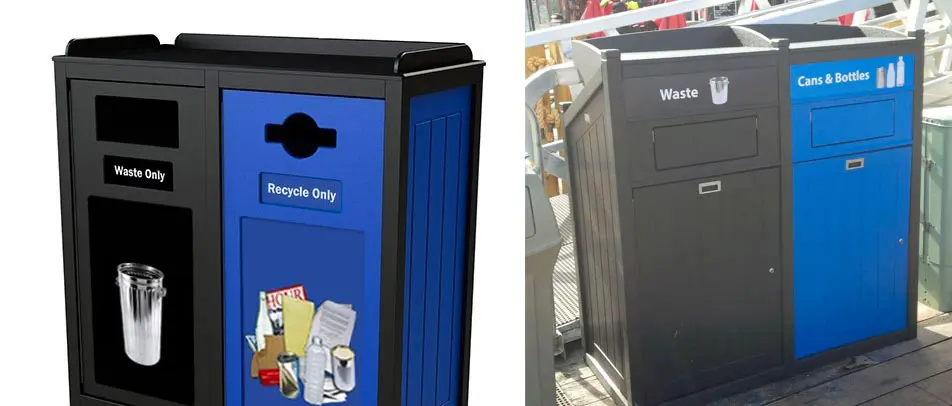

























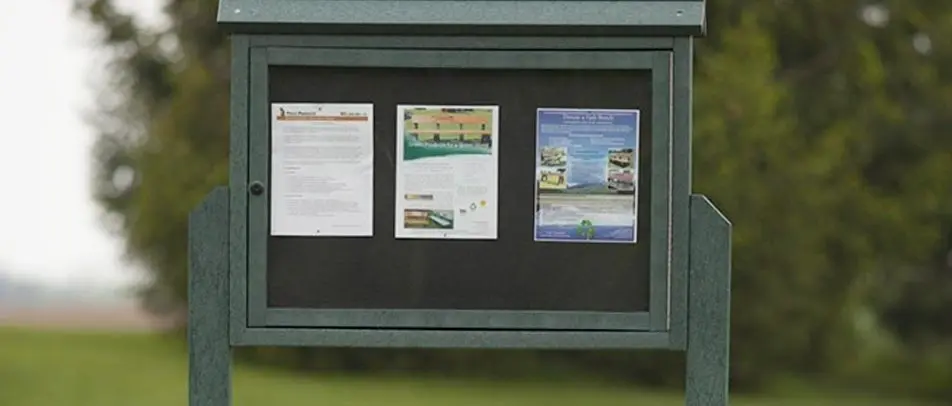
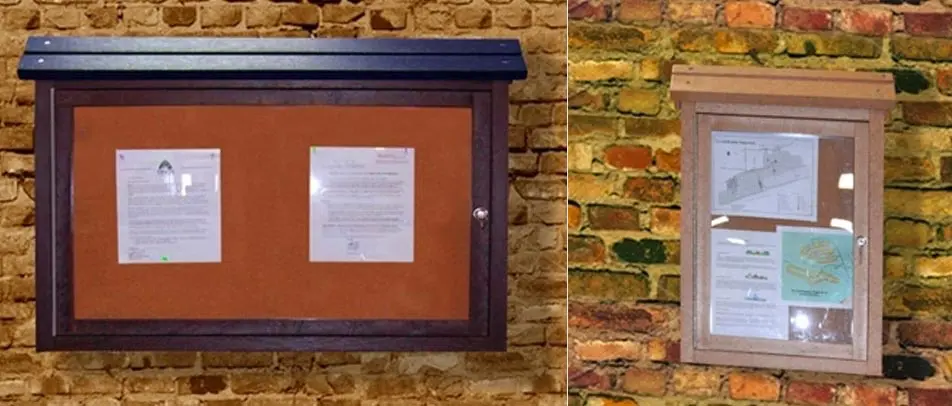









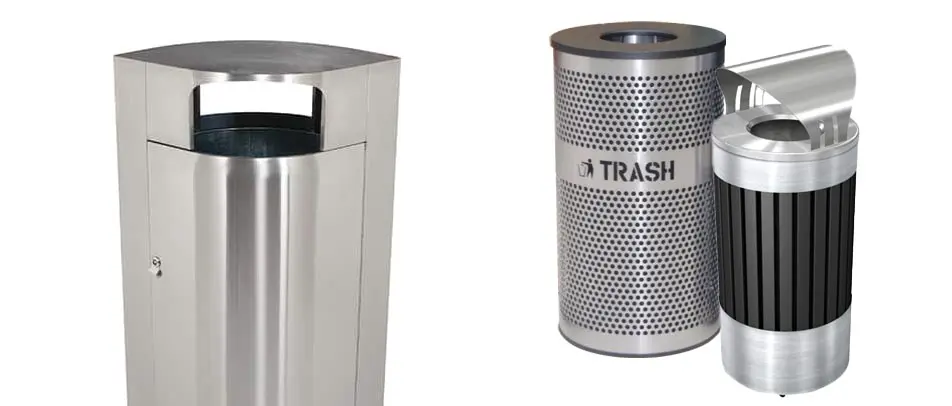

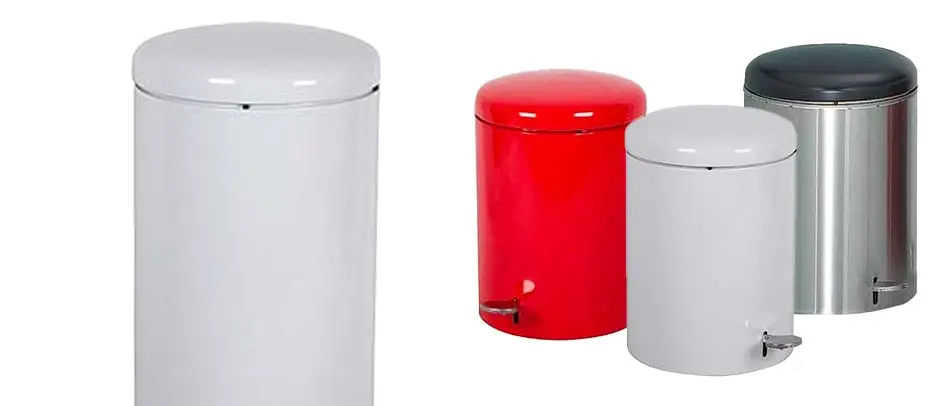








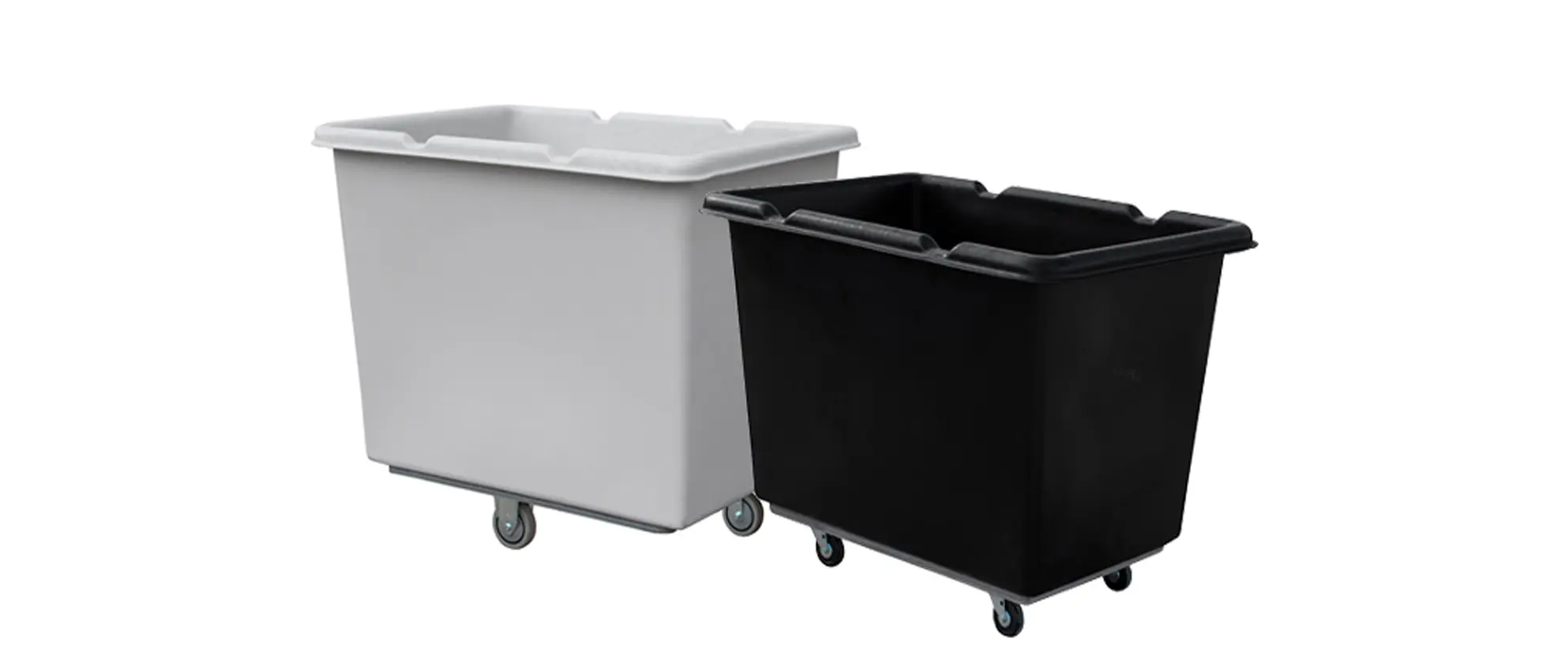




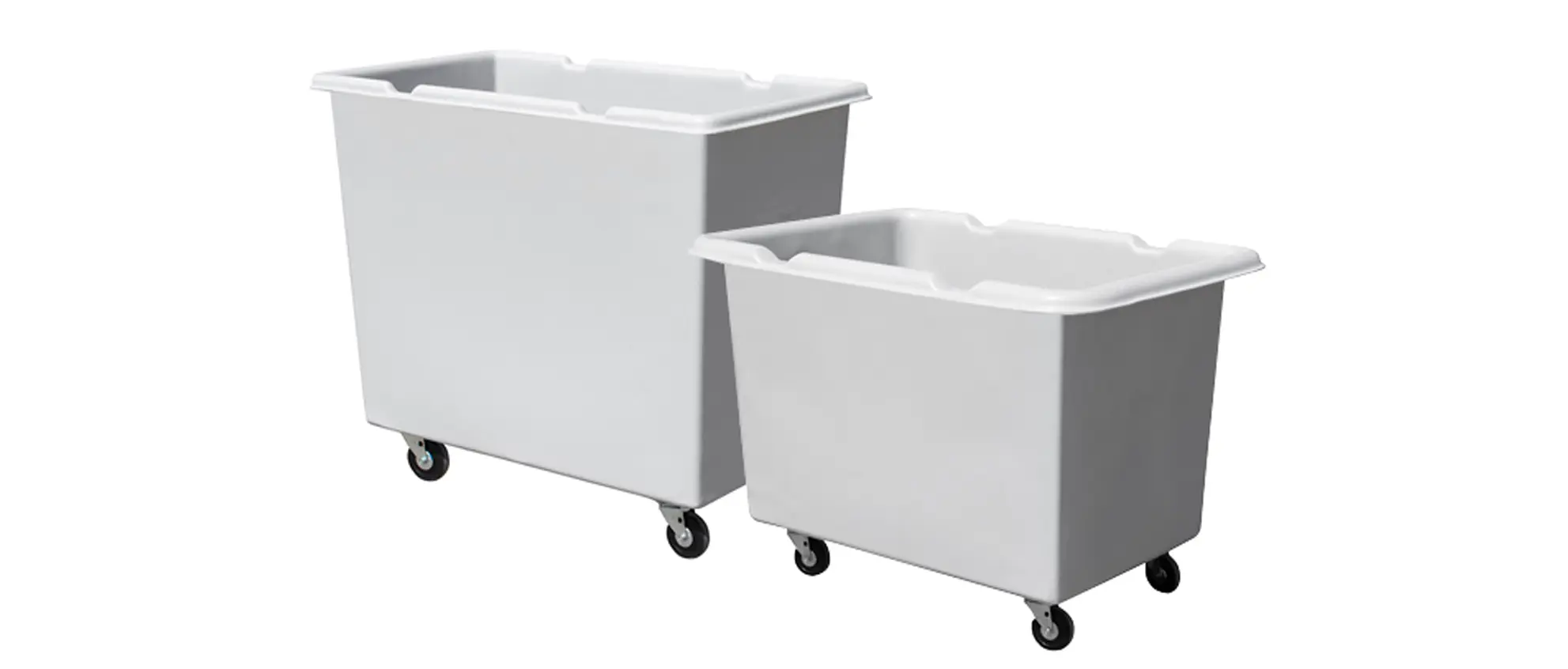


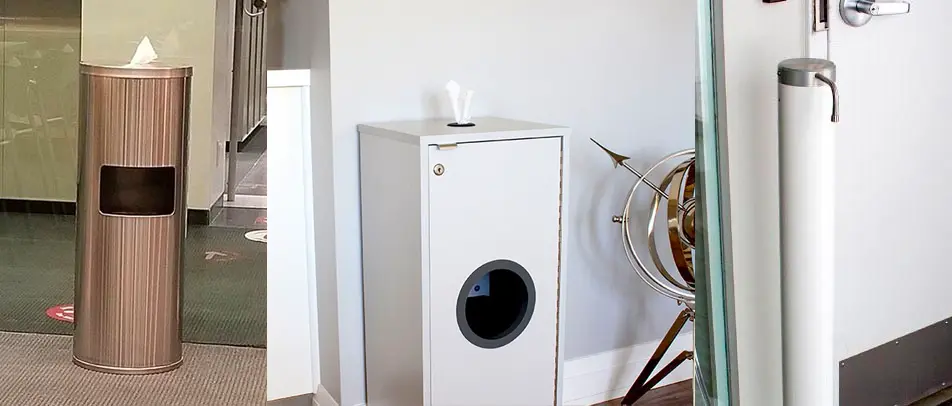
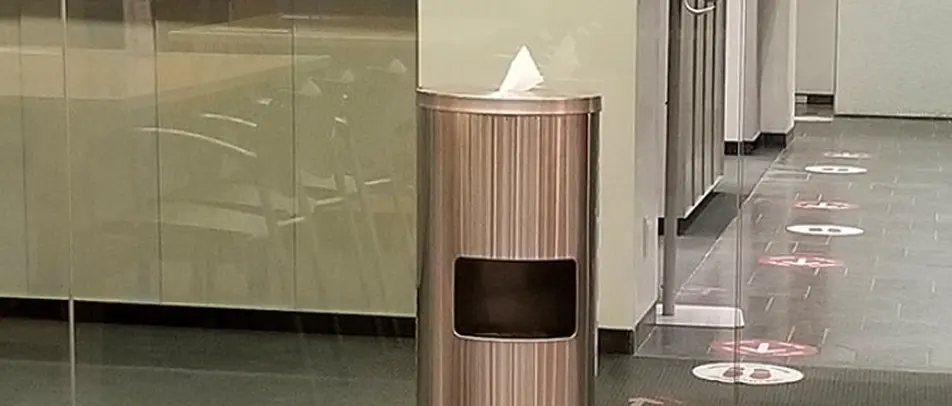
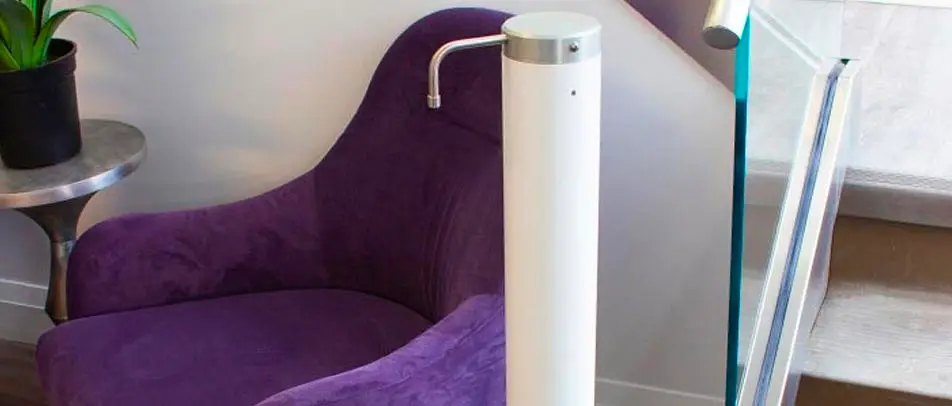


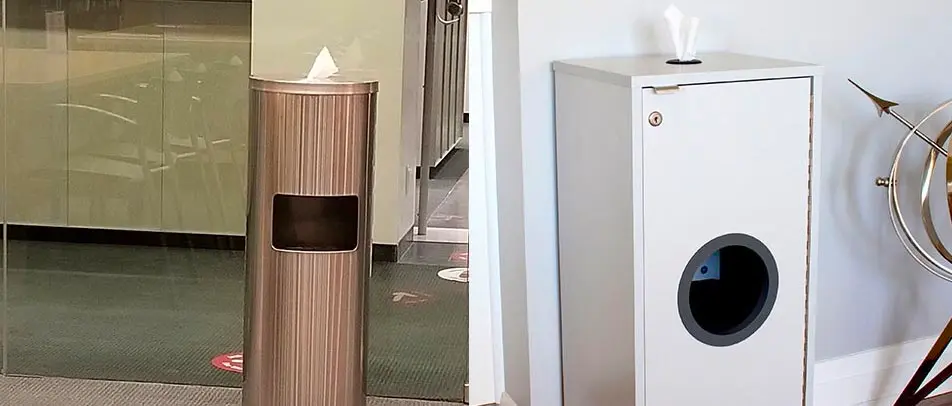


 Three Ways to Engage Teams and Clients to Maximize Your Recycling Program Engagement
Three Ways to Engage Teams and Clients to Maximize Your Recycling Program Engagement  How to Integrate Accessibility Into Your Sustainability Planning
How to Integrate Accessibility Into Your Sustainability Planning  Why Park Benches Can Promote Workplace Well-Being
Why Park Benches Can Promote Workplace Well-Being 
